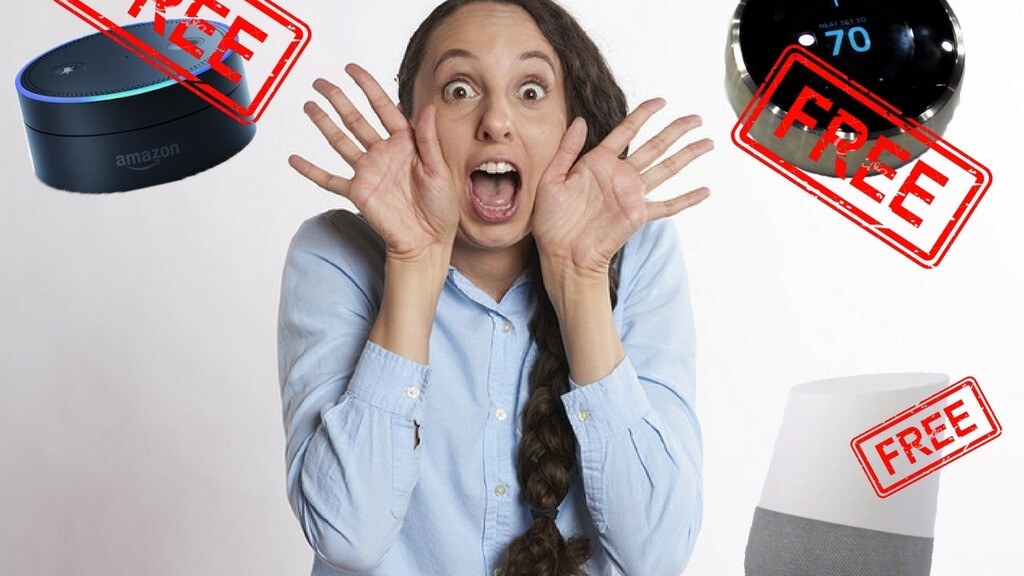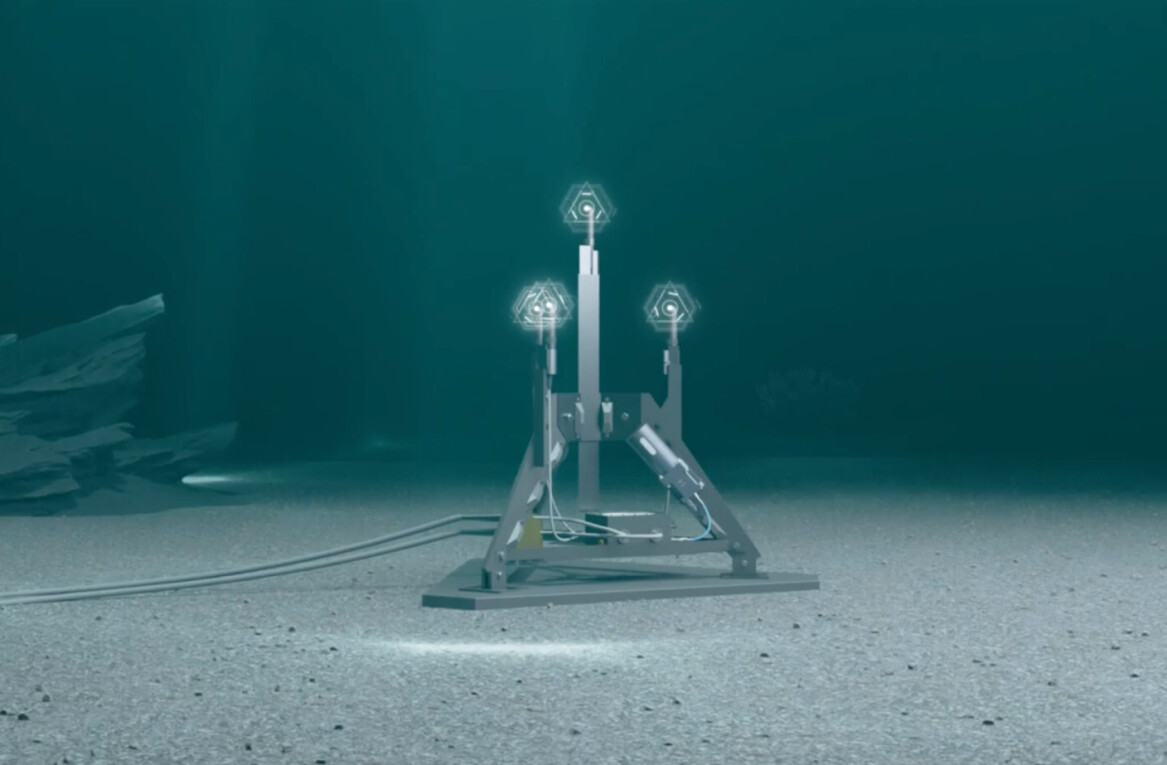
Smart devices. They are everywhere. Even if you don’t read a single online article, a walk around your local BestBuy, Target, or Walmart you can’t but help seeing the growing aisles of devices promising to make your life that little bit easier.
From thermostats, garage doors, security (?) cameras, door locks, bulbs, wall outlets, dimmer switches, drip-monitors, to even smoke-alarms they are all vying for our attention in our Internet-connected world.
This is before we get to the countless consumer devices, like the swarm of voice-activated plastic towers (yes, I am looking at you Amazon and Google), baby-monitors to pet-monitors (and one where you can play laser tag with your kitty while you are away).
I could go on, but I think you get my point — everything is getting the Internet-Of-Things treatment.

Back in the day, we bought a device, plugged it in, and it performed the duty it said on the box. No fuss no nonsense. No apps to install, no Wi-Fi to configure, no third party service to sign-up to and blindly agree to the terms’n’conditions.
No matter what happened to that company or to the network, the device would still do what it was meant to do. I still have the same music deck that I went to university with over 28 years ago.
However, as I look around at the various devices I have been seduced into buying, I wonder if they will make it past the year, let alone the next generation.
We are increasingly relying on a whole ecosystem to stay alive for our devices to be useful. Alexa becomes an ornament when the Internet or Amazon is down. Nest is just a wall-light when Google has a problem.
It is not limited to the company staying in profit, we also have to be nice to the company, just in-case they lock us out as a punishment (see the story of the Garadgetsmart locking out a poor reviewer from their own home).
What if a company changes direction? Your investment in all these gadgets is now at risk (Logitech has decided that Harmony Hub is no longer viable bricking a whole bunch of universal remotes).
I have my own personal story — I was locked out of my own home because Tesla put out a software upgrade and broke the garage opener functionality that I was relying on. Two weeks later it was all back to normal after a fix to fix the fix.
Every morning I wake up and if things are still working then it is a good morning — it could all change in a second as each device relies on power, network, service and reliable software. Way too many factors — it is amazing the bloody thing works at all.

We need far more redundancy and stability in this ecosystem. We need confidence in the devices we are buying.
With that I am proposing are the following three guidelines for a consumer charter:
- Initial cost $0
Hardware that relies on a back-end to function, should be free ($0) to purchase. Charge a small monthly subscription to cover all costs. - Minimum five-year life from date of purchase
Full refund if the device stops performing its duty within five years due to a company changing direction. This should be backed by an insurance policy that the company takes out to cover in-case of insolvency. - Open Platform
Let devices be controlled by a third party solution. Open up your API’s to allow alternatives to take over should you fail to do yours. Allow me to manage everything from one portal.
We need to get a handle on this. We are investing huge sums of money into an industry that is predicated on obsolescent and we’re being held hostage to the whims of a corporate entity whose only goal is to squeeze as much profit from us as possible.
Next time you are about to buy that smart device, read the small print, see what relationship you are entering into, the risk you are taking on and ask yourself if the brand you see before you will still be around in two, five, ten years time.
Otherwise, you just might be buying a pretty piece of plastic art.
Update 5th Dec: Google have disabled YouTube on Amazon’s Alexa Show product. YouTube on Alexa was a heavily marketed reason to purchase the voice-activated assistant. Another area where the consumer has little to no recourse on the functionality disappearing from their product. Imagine your microwave suddenly refusing to reheat your pizza because of a legal dispute.
This is our new world.
Get the TNW newsletter
Get the most important tech news in your inbox each week.




